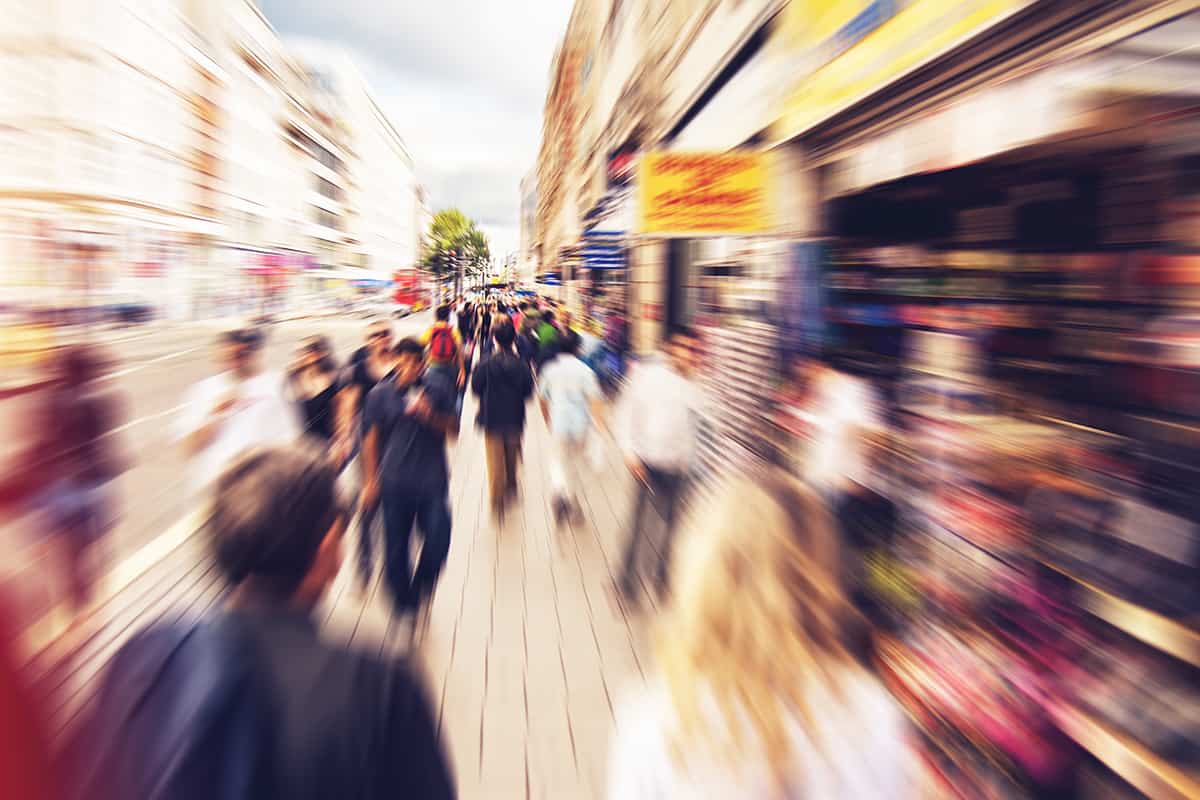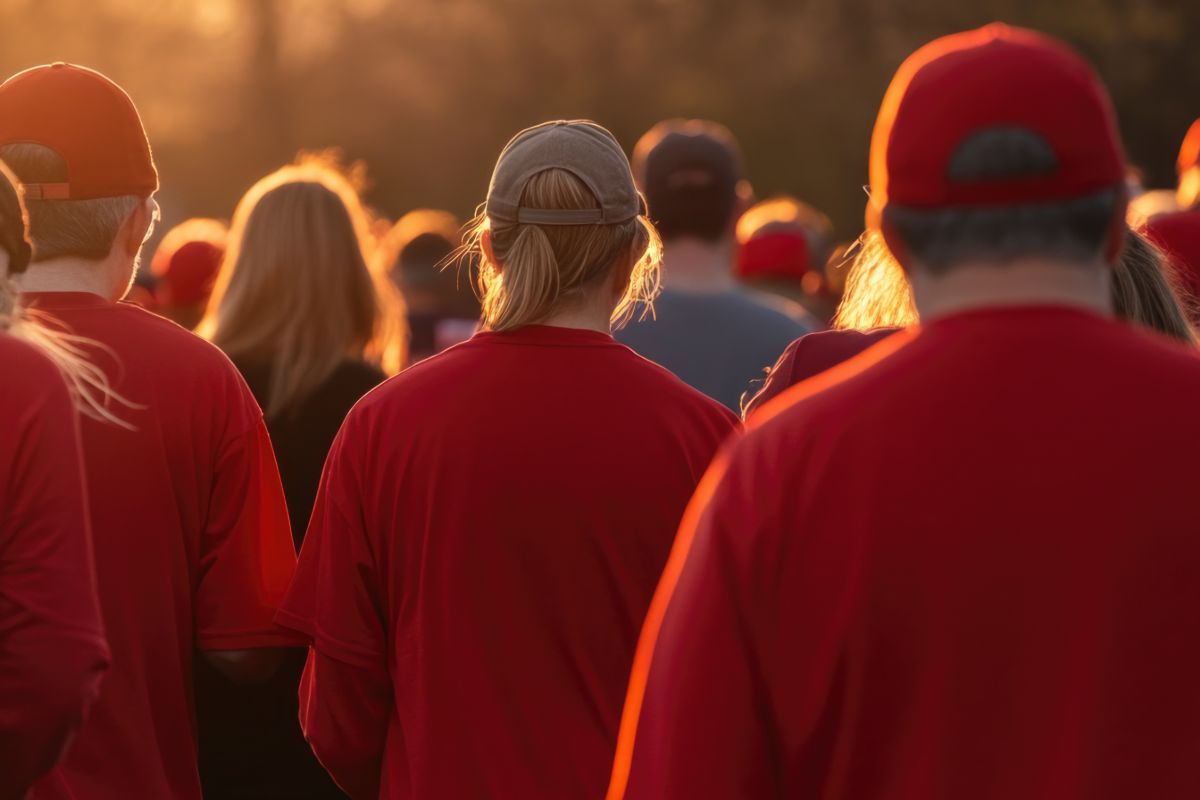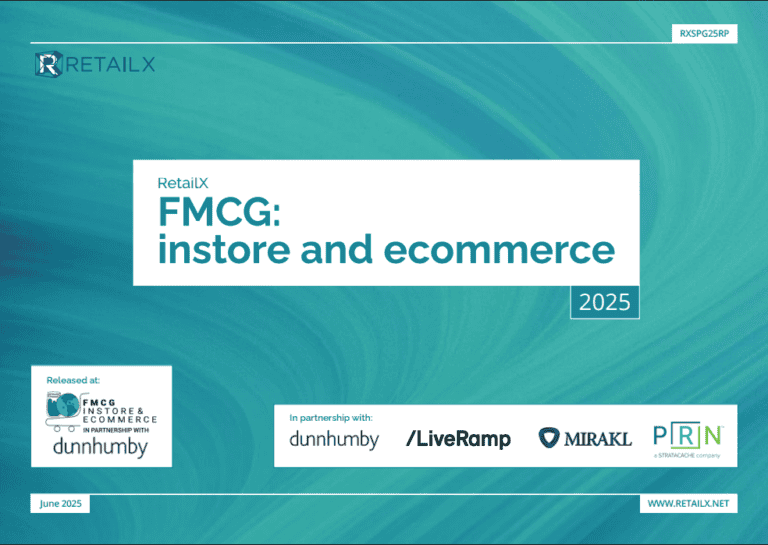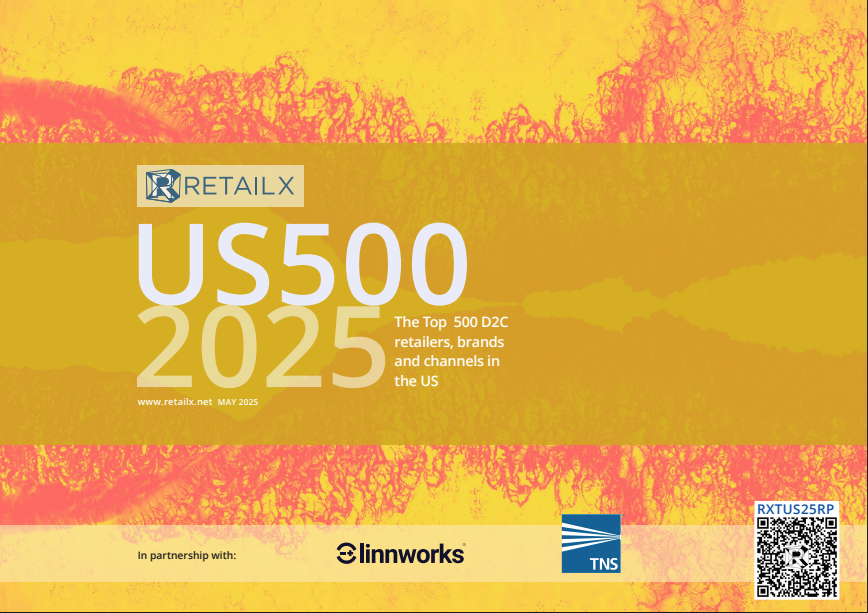The lockdown has forced many consumers to rethink how they shop. Now that stores are re-opening and we are emerging from lockdown, how many of these new habits will remain, what new ones will emerge and where does that leave you, the retailer?
According to psychologists, it takes around 66 days to form a new, lasting habit. The UK has, at the time of writing, been in lockdown for 90-odd. Some of the shopping habits formed are here to stay. So what are they and what do you need to do to adapt?
More online and new online
HABIT: The most obvious change in habits has been the shift to online. Many shoppers have been forced to turn to the web to buy things: nothing was open. As a result, many new online shoppers were born. Many also bought things online for the first time.
This creates a wave of new shoppers, with new expectations – and changes all the targeting and ‘personas’ you may have created for your customers. This is both a challenge in rejigging what you do, but also an opportunity for growth.
TACTICS: Understand who they are – first of all you need to know who is now shopping with you and if they are new to you. Data management here is vital, says online marketing firm WordStream. You need to collect as much data as you can on everyone who buys from you and assess what it means. Post-lockdown this is now something that has to be done much more regularly than you may have been used to – perhaps even daily.
Night owls
HABIT: Data collected by a virtual private network (VPN) tech provider shows that currently shoppers are shopping much later into the night than previously.
In the UK, early mornings saw a 25 to 34% decrease, while daytime grew by 10-30%, and nights from midnight to 3 a.m. increased by 25%. In the US, workers have been starting their day later, as their 5:00 to 8:00am usage fell. Daytime usage saw a significant increase beginning at 11:00am, hitting the peak at 1:00pm. Americans went to sleep later, with high usage rates from 0100 to 0300. In Germany, there is a decrease in connections in the early morning from 5:00 to 8:00am. However, they seem to be earlier birds than most, with their peak covering the first half of the day – from 9:00am to 2:00pm.
TACTICS: Look at your data and assess just when your new peaks are – they probably aren’t when they used to be. As with assessing new customers, this needs to be done on a rolling basis, as things are changing fast.
Once you have ascertained when your peaks and troughs are, look at what that means for server availability, customer service agent availability and carrier availability.
With people shopping at night, you may well be getting more FAQs and queries at odd times. And you need to service these or shoppers will go elsewhere.
Same with delivery: make sure that orders are passed on to carrier fast. If someone is shopping at 3am, next day delivery really means the same day – the day that they then wake up to.
The tactical answer to all this is to automate as much as you possibly can so that processes can run while you are tucked up in bed – or you may well be working 24×7.
More social
HABIT: With more people shopping online during lockdown, there has been an inevitable spike in the use of smartphones for retail. This has seen increased use of mobile retail apps (up 21% across March and April, according to Adjust), but it has also seen a dramatic rise in the use of social media for retail.
According to research by ParcelHero, 16% of UK consumers had purchased items via social media at the beginning of the year, and that figure has soared to 20% during lockdown.
Coming out of lockdown, these habits are likely to stick, driven by the sheer convenience of this kind of shopping. Already, Facebook and Instagram are both making moves to tap into social commerce, so expect this growth to increase.
TACTICS: Get more social! We took a look the other week at how to get the best out of social for post-lockdown commerce and these are the tactics you need to employ to tap into social retail. These are a mixture of marketing using these platforms and then turning those tweets and posts into something that can be shopped.
The tech for the shopping part isn’t quite there yet, but such is the thrust of interest from shoppers in shopping from social that social networks are working hard to make it happen in the coming months.
One interesting thing to look at is the new Squadded Shopping Party browser extension, where shoppers can invite their friends to shop on a site with them and create a poll, share favourite designs and create outfits. In the UK, it works on stores including ASOS, Boohoo, Misguided, Zara and Topshop.
More mobile
HABIT: With shops opening on Monday morning, retailers are hoping that shoppers will be flocking back to buy. There is some pent-up demand, however, fear and caution is still a big drag on people heading back to the shops.
Here mobile and social media are again going to become tools to aid the whole shopping process. A study by Appointedd finds that, rather than queuing up outside shops that limit footfall for social distancing, they would rather look at booking a specific entry slot.
There is also a groundswell of opinion that shows shoppers that want to buy clothes want to try them on, but need to be able to book a fitting room slot.
In the new world of retail it is likely that these shoppers will be out and about and will want to book ‘live’ as they go – this is where mobile will play a key role.
It is also likely to play a role in virtual queuing: where shoppers sit in their cars outside Tesco waiting to be told that it is there turn to go in… especially if queuing has continued into the winter when standing in line, outside is going to make it even more unpleasant.
TACTICS: The time is now to look at your mobile offering, not just how it can service shoppers looking to purchase, but how you may want to use it as the world opens up.
If you own stores as well, it is time to think about the functions you need to add to you mobile site and/or app to allow for booking entries, running virtual queues and more.
It is also worth looking at how to use your mobile offering to engage shoppers based on their location. It is going to be more competitive than ever out there when the shops open up and you need to stand out. Location triggers – so, perhaps, you can target people walking past that your store currently has special offers on or even –in a very 2020-ish twist, has room for people right now or has a shorter queue.









